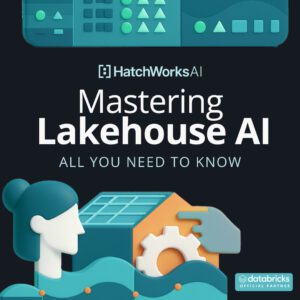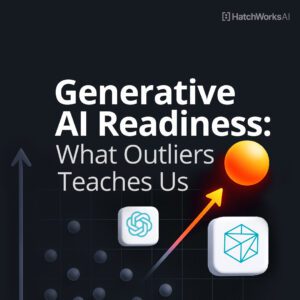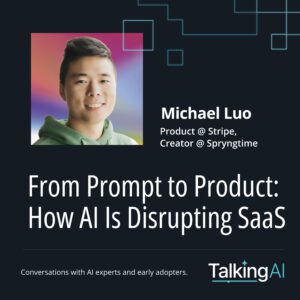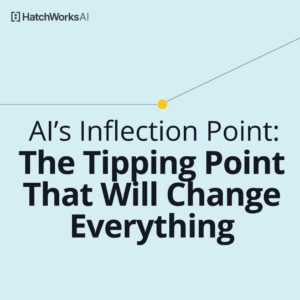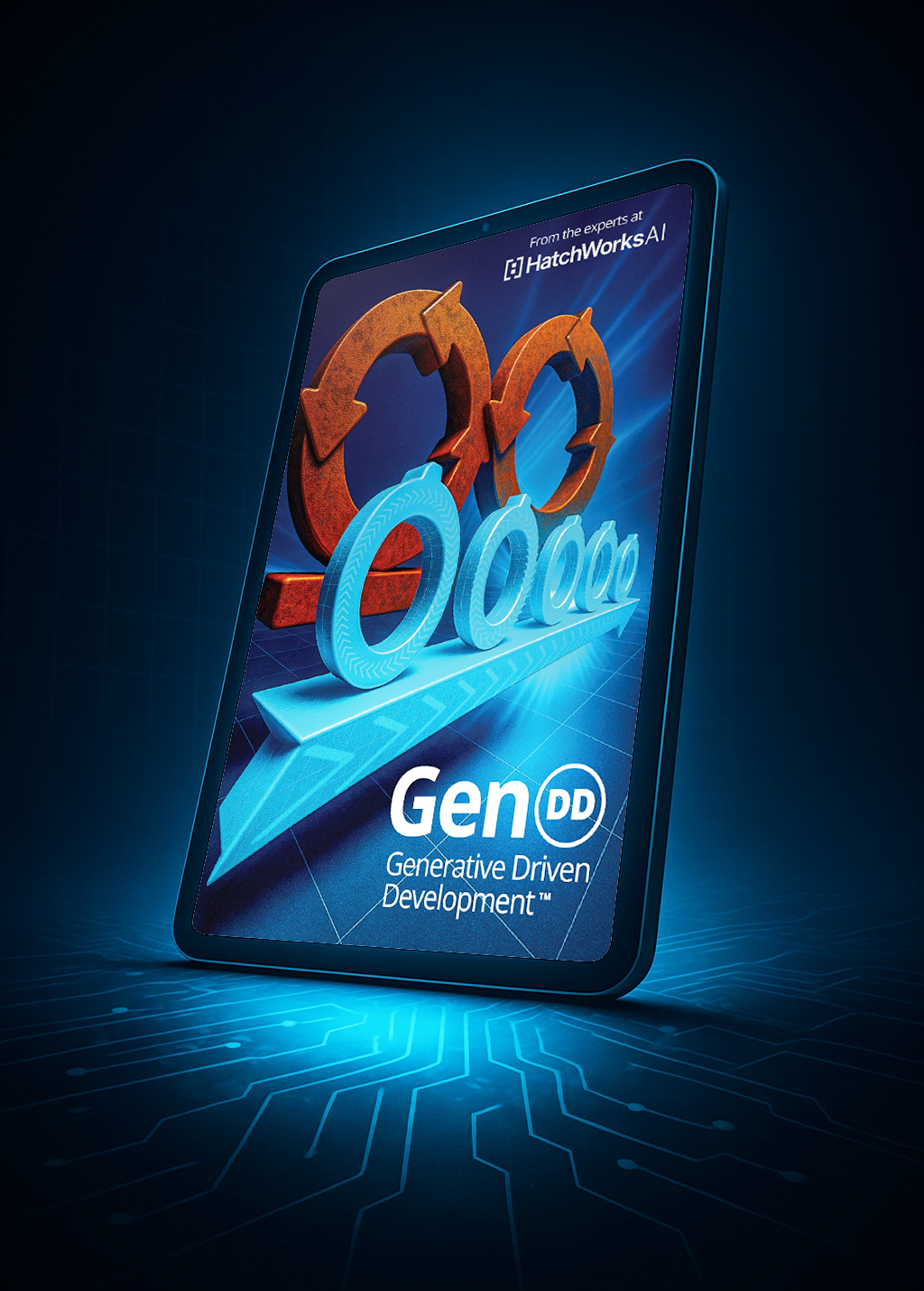One of the most exciting areas of Machine Learning is Generative AI, a subset of AI that creates new data instances that resemble your training data. In the context of software development, this means generative AI models can assist in writing code, thereby transforming the way we develop new applications.
Generative AI for software provides solutions to pressing issues like the shortage of skilled software developers and the growing backlog of feature requests and bug fixes. Companies are increasingly turning to AI to help streamline their processes and deliver high-quality software applications more efficiently.
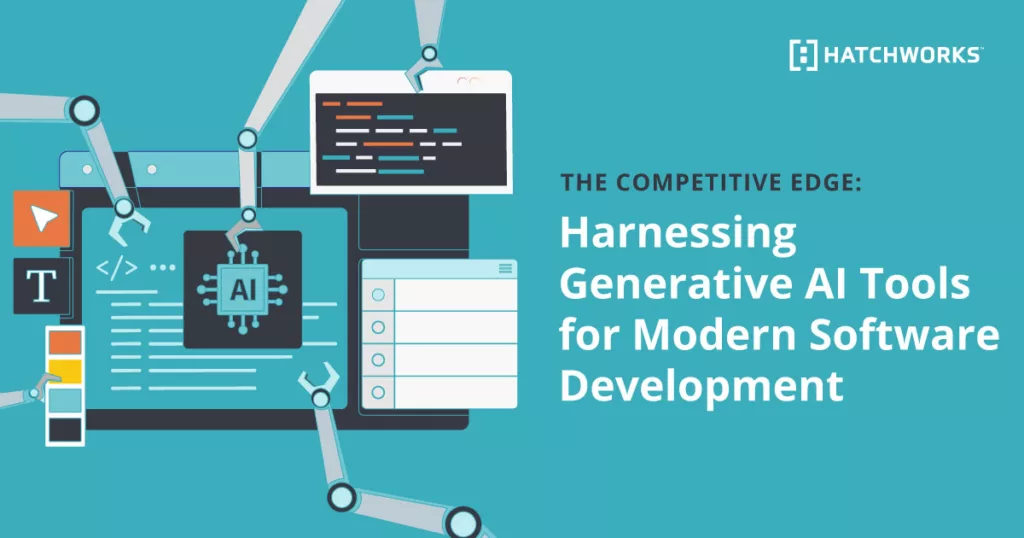
AI coding tools, powered by generative AI, are at the forefront of this revolution. These tools generate code, helping developers to write faster and more efficiently, while also reducing the possibility of human error. AI applications are becoming increasingly sophisticated, able to take on more complex tasks and deliver even more value.
This article will delve into the world of Generative AI for software, exploring its impact, the tools that are leading the charge, and what the future holds. Whether you’re a seasoned developer, a project manager, or a business leader, this piece will give you insights into the world of AI-powered software development.
Skip ahead:
- How AI improves developer workflow and enhances productivity
- Stay competitive with essential AI tools in software development
- Simplify code optimization and query management with AI
- Unlock ChatGPT’s potential through effective prompt crafting
- Finding balance – using AI efficiently without sacrificing quality
- Leading with an AI-first approach in your business culture
- Support client success with AI education and empowerment in product development
- Summary
- Frequently Asked Questions
How AI improves developer workflow and enhances productivity
Artificial intelligence (AI) is more than a buzzword—it’s reshaping the way businesses operate, innovate, and maintain their competitive edge.
At HatchWorks, we’ve seen firsthand how AI can streamline tasks, foster continuous learning, and boost productivity. Today, we’d like to share some insights from three of our colleagues, all of whom are incorporating AI into their everyday work.
Our journey begins with Fernando Manzo, who enthusiastically uses ChatGPT and the beta version of GitHub CoPilot. Both tools have become indispensable to him, assisting in understanding and developing code.
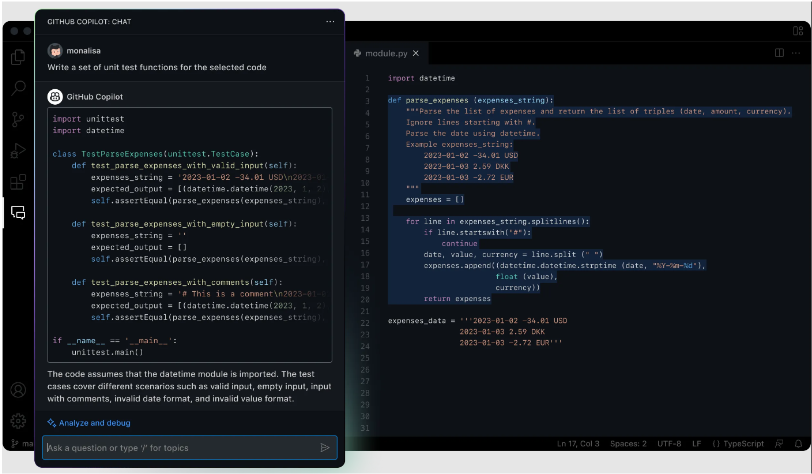
CoPilot acts like an autocomplete tool, suggesting the next steps when the developer might hit a roadblock. However, it’s ChatGPT that Manzo views as the superior ongoing training tool, capable of providing a contextual understanding of code and assisting with complex SQL queries. But Manzo reminds us that AI is not perfect—it can produce syntax errors and invalid options, so it’s essential to double-check your documentation.
Beyond coding, Manzo also appreciates the role AI plays in communication. Tools like ChatGPT and Grammarly help him in refining client-facing communications, making them concise and more compelling.
Gabriel Bejarano, another AI enthusiast at HatchWorks, agrees with Manzo that AI won’t replace developers anytime soon. AI’s role, according to Bejarano, is about enhancing performance by reducing time spent on repetitive tasks. GitHut CoPilot, for example, excels in autocompleting code and simplifying tasks such as sorting.
Bejarano also finds value in using AI for creating test cases, translating to new code bases, and even teaching coding when given the right prompts. He likens ChatGPT to a digital consultant that can answer complex questions and help with intricate tasks.
If you don’t use AI today, you won’t deliver at the same capacity as your peers. Customer and manager expectations are changing as a consequence of this.
Fernando Manzo
Full Stack Engineer
AI will not replace developers, at least not in the near future. There's lots of creativity involved in the process.
Gabriel Bejarano
Full Stack Engineer
Stay competitive with essential AI tools in software development
What exactly are AI-based code-completion tools, and how do they work? To put it simply, these tools integrate with the software that developers use to write code. They leverage AI models trained on vast amounts of code to predict and suggest the next piece of code that a developer is likely to write.
Natural language processing (NLP), a subfield of AI that focuses on the interaction between computers and human language, plays a crucial role in the functioning of these tools. NLP enables the tools to understand and generate human language in a way that is both meaningful and contextually relevant. This is key to their ability to generate code from a natural language description, a feature that is proving to be a significant time-saver for developers.
Let’s take an example of a popular AI-based code-completion tool: OpenAI’s Codex. This tool is capable of translating comments written in plain English into code snippets in a variety of programming languages. By simply typing a comment describing what they want the code to do, developers can get a head start on writing the code. This not only saves time but also helps to reduce the cognitive load on developers, allowing them to focus more on problem-solving and less on syntax.
However, AI-based code-completion tools are not limited to code generation. They can also be helpful in identifying bugs and suggesting fixes, thanks to their ability to learn from the vast amount of code they have been trained on. They have the potential to become an invaluable coding partner, assisting with everything from writing boilerplate code to debugging.
Simplify code optimization and query management with generative AI models
Generative AI is revolutionizing software development by automating tedious and repetitive tasks such as writing boilerplate code, performing standard database operations, and creating common UI elements. This automation enables developers to concentrate on the more complex and creative aspects of software development, fostering innovation and enhancing the quality of applications.
First, generative AI tools have a significant impact on code generation and developer productivity. As discussed earlier, AI-based code-completion tools integrated into development environments can expedite the process of writing code. By suggesting potential code blocks that match the developer’s intentions, these tools can reduce the time and effort spent on writing and debugging code.
One study suggested that these tools can boost code generation speeds by up to 55%. Consequently, this could lead to a considerable improvement in developer productivity and a reduction in the time it takes to bring new software applications to market.
Secondly, AI tools play a crucial role in debugging and enhancing the quality of software applications. AI can sift through vast amounts of code to identify potential bugs or vulnerabilities that may have been overlooked during the development process. It can also suggest potential fixes for these issues, reducing the amount of time developers need to spend on debugging. This proactive problem-solving capability can lead to improved software quality, as well as enhanced security.
Unlock ChatGPT’s potential through effective prompt crafting
AI can assist in the testing phase by generating test cases and scenarios. Clear, well-written task scenarios for QA testing, dogfooding, and beta testing help ensure that the software application is robust and reliable.
Prompt Engineering is a concept that plays a crucial role when developing a new application with an AI system. Essentially, Prompt Engineering involves crafting prompts that effectively guide the AI system to generate the desired output.
For instance, when developing an application, developers might provide the AI with prompts that describe the functionality they want to implement. The AI would then generate the necessary code based on these prompts.

Finding balance – using AI efficiently without sacrificing quality
AI coding tools aren’t designed to replace human coders but rather to augment their capabilities. Experienced developers can leverage these tools to produce higher quality work more efficiently, while less experienced developers can use them as a learning aid, accelerating their skill development.
This partnership, when effectively managed, can result in better software quality, reduced development time, and an overall more efficient and enjoyable coding experience.
AI-generated code expedites the development process. It’s capable of churning out blocks of code quickly, which can significantly reduce the time taken to develop software. But it’s not without its potential downsides.
One of the main challenges is the risk of vulnerabilities or bugs within the AI-generated code. While AI tools are becoming increasingly sophisticated, they’re flexible. This is where the critical role of a software engineer comes into play. Engineers are needed to review the AI-generated code, refine it, and ensure that it is accurate, secure, and efficient. Without this human oversight, the code produced could be subpar, insecure, or inefficient.
To ensure the quality of AI-generated code, a variety of strategies can be employed. Automated testing tools can be used alongside generative AI to check the code as it’s produced, catching any errors or vulnerabilities early on.
Regular code reviews by experienced developers can also help maintain high-quality standards. These measures, combined with continuous learning and improvement of the AI themselves, contribute significantly to the quality assurance of AI-generated code.
On the other hand, the benefits of using generative AI for real world software development are manifold. AI can automate repetitive, low-level tasks, freeing up developers to focus on more complex and creative aspects of coding. This can lead to improved design and faster development times.
Additionally, AI can assist in debugging, potentially improving the quality of the final product. It can also help manage software feature requests and bug fixes, contributing to overall developer productivity.
Despite these advantages, the use of AI-generated code does present potential risks, one of them being intellectual property issues. For example, if an AI model has been trained on copyrighted code, there’s a risk that the AI could generate code that infringes on that copyright. Companies must take these issues into account when implementing AI tools, ensuring that they have the necessary permissions and licenses to use the training data for their AI models.
Leading with an AI-first approach in your business culture
Brandon Powell, CEO of HatchWorks and leader of our AI Task Force, envisions AI as a catalyst for growth and innovation across the entire business. He believes we’re at a generative AI tipping point, where AI tools can optimize different business departments, upskill our workforce, and ultimately lead to improved productivity and profitability.
One area where AI is making a significant difference is in recruitment. It not only helps in sourcing candidates but also engages them through AI-driven chat.
However, with the adoption of AI, there’s an essential question: How do we ensure AI doesn’t alienate our team members?
Transparency and continuous learning are key. We have to make sure that the adoption of AI aligns with the values and goals of our people.
Brandon Powell, CEO and Founder
Support client success with AI education and empowerment in product development
While AI holds great promise, it’s not without its challenges. AI code generators, for example, still need human intervention to piece together complex environments and understand legacy systems. Yet, Powell is hopeful, viewing these challenges as opportunities for the team to focus more on significant tasks and less on mundane ones.
AI is more than just a tool—it’s a strategic partner. It assists in making complex tasks manageable, fosters learning, and opens new avenues for growth. As we continue to adapt and learn, we’re excited about the endless possibilities AI brings to our organization, our customers, and our industry.
“The future of HatchWorks lies in being an AI-driven organization,” Powell says. “One that is Agile and ready to train our customers in the effective use of AI.”
Discover how HatchWorks’ Generative-Driven Development™ can accelerate your software projects – explore our innovative approach today.
Summary
The move towards AI integration is more than just a trend—it’s a significant shift that has the potential to elevate the quality of software development significantly.
Here are our key takeaways:
- Generative AI is not replacing developers; it’s augmenting their capabilities and helping them focus on problem-solving
- Tools like ChatGPT and GitHub Copilot streamline coding and boost productivity by automating repetitive tasks and assisting in debugging
- AI-generated code can have errors; human review is essential for quality and security
- AI can be a catalyst for innovation and business growth
- AI adoption should align with team values and goals, focusing on transparency and continuous learning.
By harnessing the power of generative AI, developers can focus more on complex, creative tasks, while AI handles the routine, tedious aspects of coding.
